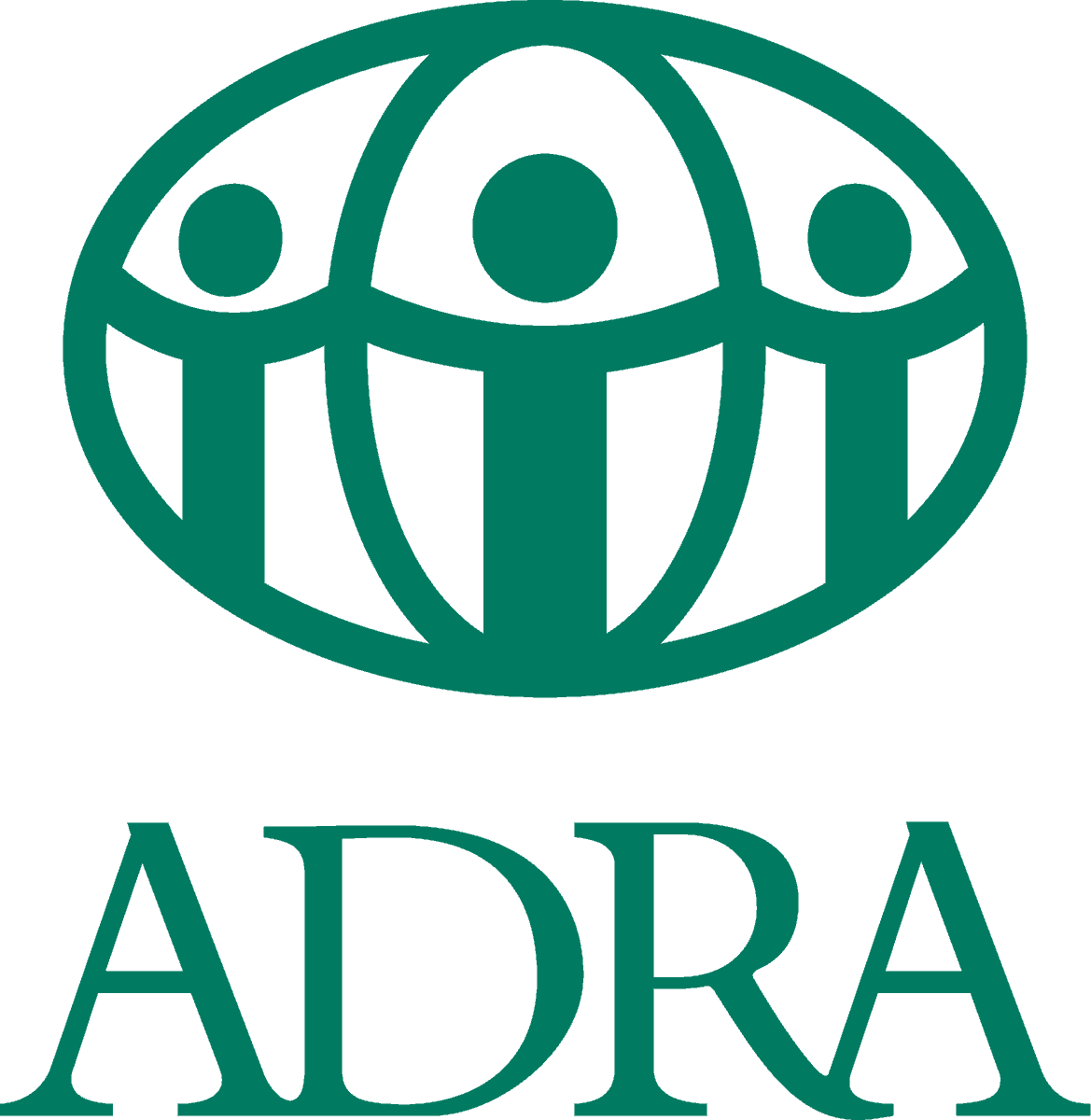Preparedness is an important issue in the country as much as it is an essential theme in ADRA’s core programs.
With a goal to educate Filipinos on the importance of disaster resilience and mitigation, ADRA Philippines worked hand in hand with the local governments of Ajuy and Barotac Viejo in Iloilo through the Building Disaster Resilient Families and Communities (BDRFC) project.
Led by a Disaster Risk Reduction (DRR) team stationed in these towns, BDRFC was a nine-month program that ended in January this year and focused on achieving not just shelter repairs but empowering the communities how to respond to the potential perils of a coming disaster. All this in order to avoid losing lives and massive damage to their properties.
But how exactly does one promote disaster preparedness in a community?

Geraldina Gutierrez, the DRR Specialist of the project, has this for an answer: “Start with what people know, start with what people have.” The program believes in the Filipinos’ ingenuity and resiliency and their capability of starting a new life again. “And this is important,” says Gutierrez, “because we see the communities as active partners rather than just passive beneficiaries. We believed that we all can achieve resilience.”
As the backdrop of the project, ADRA and the local government units identified four flood-prone communities in Barotac Viejo, namely, San Lucas, Natividad, Nueva Sevilla and Poblacion while all 36 barangays in Ajuy were included in the project. At least 100 municipal and community-level Disaster Risk Reduction officers and community leaders participated in a series of DRR training and seminars in a span of six months.
The capacity-building workshops aimed to empower on how to craft their own DRR and emergency plans, especially in cases of strong typhoons and massive floodings. One highlight from the workshops was the importance of proper budgeting and prioritization of funding in relation to disaster mitigation.
Gutierrez explains that “if the barangay continues to face the problem of recurrent flooding, the local government or barangay council should put the money in flood prevention to prevent a potential loss of life and properties”.

At the culmination of the trainings, the program engaged the participants in a live simulation of a disaster scenario to gauge the amount of knowledge and skills the participants gained from the project. ADRA also distributed DRR kits which included fire extinguishers, ropes, flashlights and other emergency tools to the communities to upgrade their early warning systems. Zero Casualty Disaster preparedness became an actual test to the communities when Typhoon Ruby hit the Philippines last December.
Gutierrez states, “Within the 24-hour timeline, they were able to set up the operation center. Truly, there was readiness. Leaders evacuated the people days before the typhoon came, and the public was well advised using the early warning tools that ADRA gave them.” This actual application of preparedness resulted to zero- casualty in both towns.
The local government of Barotac Viejo also followed the recommendation of the ADRA team to create a separate disaster risk reduction (DRR) office that will implement and follow-up programs to prevent potential loss of life and livelihood. Ajuy town mayor Juan Alvarez expresses that ADRA’s “legacy” to their town was building environmental consciousness in the communities by increasing awareness in DRR.
“Moreover, through grass-root level approach, ADRA fills the gap in providing an avenue and opportunity for the community to express their difficulties and needs during a disaster in coming up with an effective Disaster Risk Reduction and Management Plan or DRRMP,” says the mayor.

